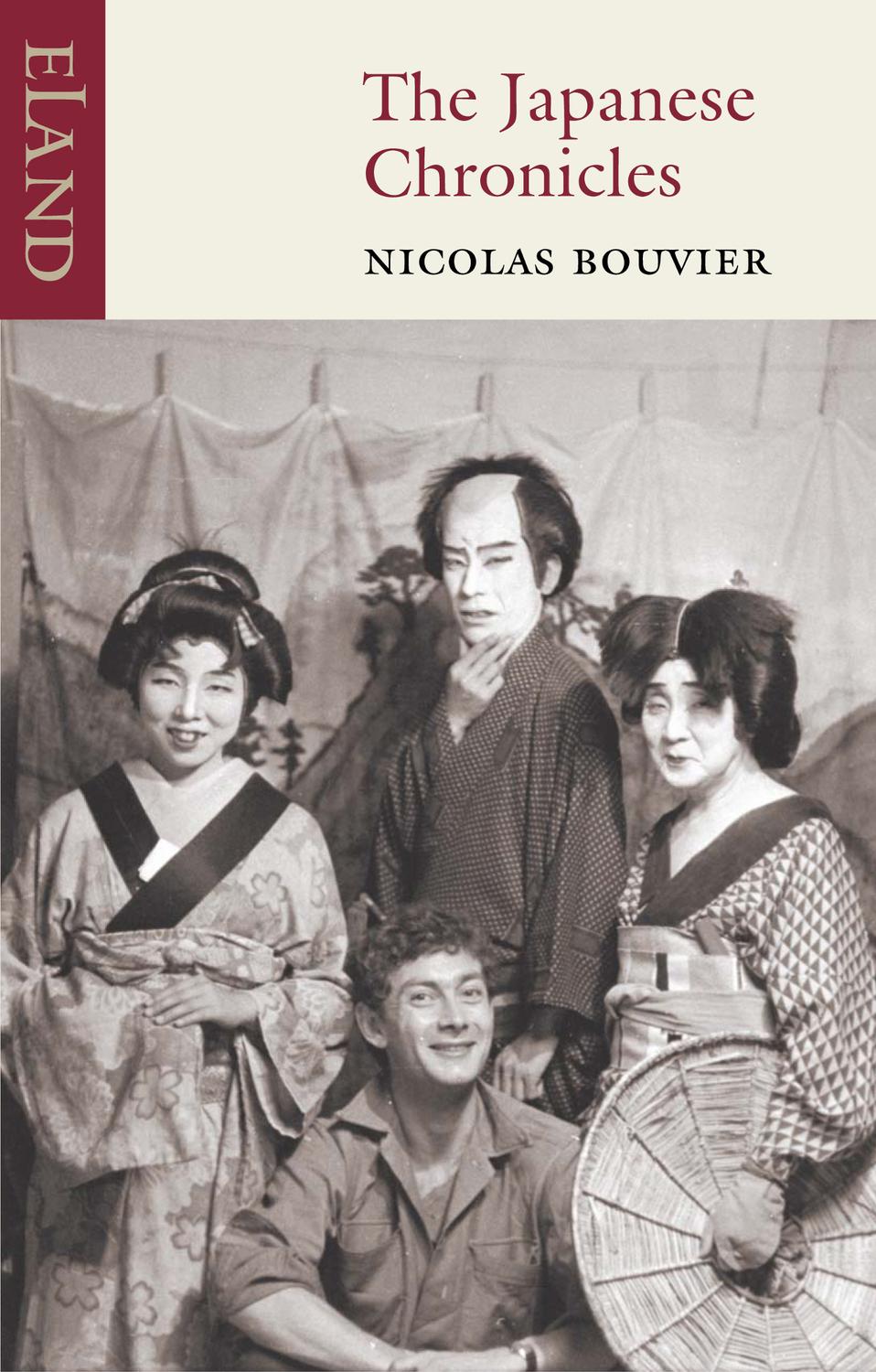‘The Japanese Chronicles’, Nicolas Bouvier’s Voyage to Japan
In this book, the travelling writer compiles his memories of his journeys in the country between 1955 and 1970.

ELAND
When Nicolas Bouvier set foot on Japanese soil for the first time, he had just turned 26. A journalist by trade, he settled in the capital and tried to make a living by selling texts to Japanese magazines, before reinventing himself as a neighbourhood photographer. Between 1955 and 1956, Nicolas Bouvier wandered through the streets of Tokyo in search of the best profiles to capture on camera and mixed in with a population with codes, customs, and a language unfamiliar to him.
His wanderings gave rise to a first book in 1967, entitled Japan. This was followed several years later by the story of his two other stays in Japan: in 1964, when he lived in Kyoto for two years with his wife and children, and in 1970 when he travelled to the country for the Osaka World Exhibition. Thus, The Japanese Chronicles came to be in 1975.
In this text, a hybrid of historical fresco and travel journal, Nicolas Bouvier calls on his memories and impressions as a traveller. He also questions the place of the foreigner in Japan, a destination still rarely visited by westerners at the time. He adds a more historical dimension to his personal reflections by narrating the history of the country from its mythological origins.
An encounter with Japanese ambivalence
‘The voyage will not teach you anything if you do not accord it the right to destroy you – a rule as old as the world itself. A voyage is like a shipwreck, and those whose boat has never sunk will never know anything about the sea. The rest is skating or tourism’, the author declares in the very first pages. The Japanese Chronicles does not offer an enchanting vision of the country, which did not hold only pleasant surprises for him, but is marked by a lively style full of images and a keen sense of humour that accompanies the reader throughout.
Tokyo, Kyoto, Osaka, but also Hokkaido and the remote countryside, Nicolas Bouvier sketches an intriguing image of a Japan with multiple sides. It is warm, yet distant. The Japanese Chronicles is a work that remains for many a reference in travel literature. It is in the same vein as The Empire of Signs by Roland Barthes, in which the semiologist records his various experiences in Japan, which were less adventurous certainly, but just as marked by the discovery of a country that shakes up western codes and conventions.
The Japanese Chronicles (1975), by Nicolas Bouvier, published by ELAND.
TRENDING
-
A House from the Taisho Era Reveals Its Secrets
While visiting an abandoned building, Hamish Campbell discovered photographs the owner had taken of the place in the 1920s.

-
The Taboo-Breaking Erotica of Toshio Saeki
The master of the 1970s Japanese avant-garde reimagined his most iconic artworks for a limited box set with silkscreen artist Fumie Taniyama.

-
With Meisa Fujishiro, Tokyo's Nudes Stand Tall
In the series 'Sketches of Tokyo', the photographer revisits the genre by bringing it face to face with the capital's architecture.

-
Masahisa Fukase's Family Portraits
In his series ‘Family’, the photographer compiles surprising photos in which he questions death, the inescapable.

-
Hajime Sorayama's Futuristic Eroticism
The illustrator is the pioneer for a form of hyperrealism that combines sensuality and technology and depicts sexualised robots.





